With the SACHS RS, a new player enters the booming market of eBike motors. Behind this new drive stands German startup Sachs Micro Mobility, a merger of four major players: ZF Friedrichshafen, MAGURA, BFO and BMZ. We took a closer look at the motor and took it for a quick off-road spin around Lake Garda.
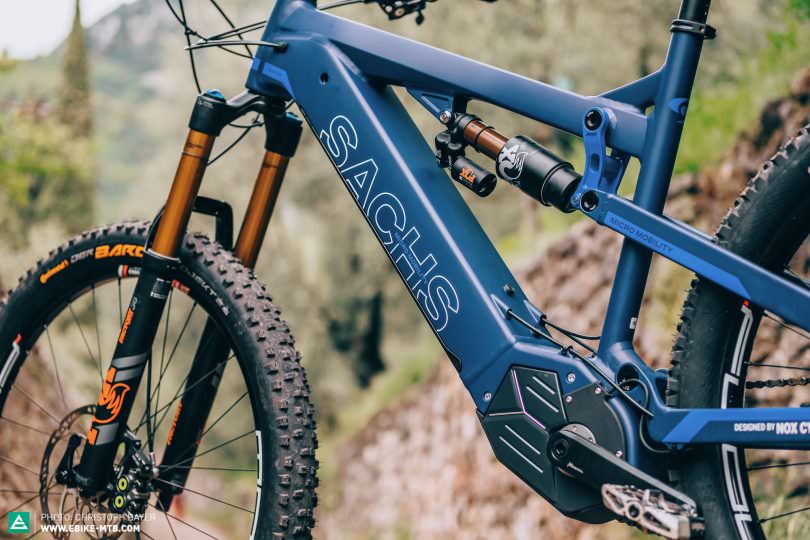
The new SACHS RS motor is the pioneering result of German startup SACHS Micro Mobility, a joint effort between ZF Friedrichshafen, MAGURA, BFO and BMZ.
It was developed to deliver high performance over a long range and designed to be as reliable and compact as possible. But it’s not just its key-data that make it an interesting option for bike manufacturers. Since SACHS Micro Mobility also promotes itself as a technology-partner, it will provide all of the motor’s key-components including the battery, all suitable display solutions, the speed sensor and lots more. The German startup ensures that all parts work together and also act as a direct service-partner. This structure gives bike manufacturers more freedom and allows them to develop their own bikes as a complete system without the drawbacks and limitations of closed-systems such as Bosch’s popular drive.
The SACHS RS motor in detail
The SACHS RS motor was designed to deliver a high power-output of up to 700 W and 110 Nm torque even at low cadences. The ‘derating’ (output power decrease due to overheating) typical of most eBike-motors shouldn’t occur. The motor’s characteristics make it the optimal choice for cargo bikes and sporty eMTBs.
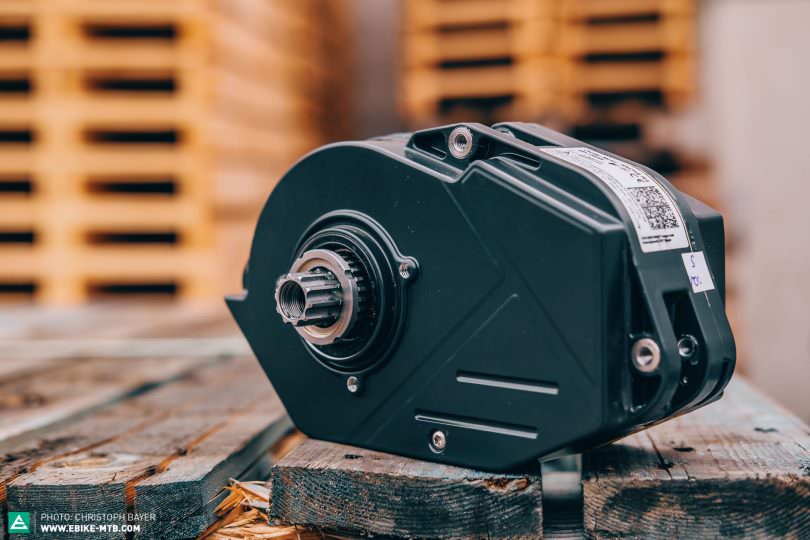
Feeding off a 48 V on-board power supply, the new drive-unit weighs around 3.5 kg and is relatively compact. It has three frame attachment-points and a Q factor (crank-width) of 178 mm. The RS features an ISIS drive-axle and is compatible with chainring-sizes 30t to 50t. The power can be adjusted in four support levels.
- 48 V-system for high efficiency
- High torque even at low cadence (110 Nm, 700 W peak power)
- high quality motor bearing
- Intelligent heat-management
- Motor fully configurable via software
- Easy assembly and servicing
- EN 15194:2017 – Safety BUS, Performance Level C etc.
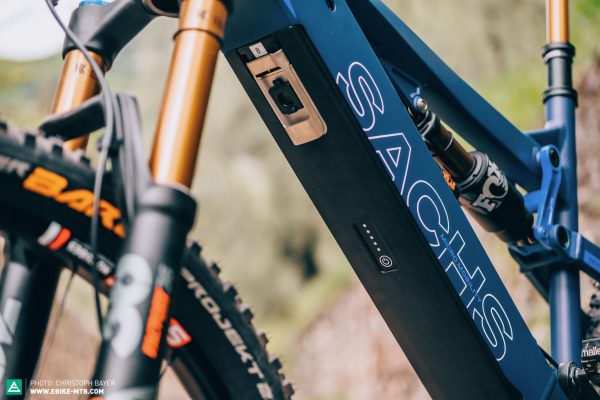
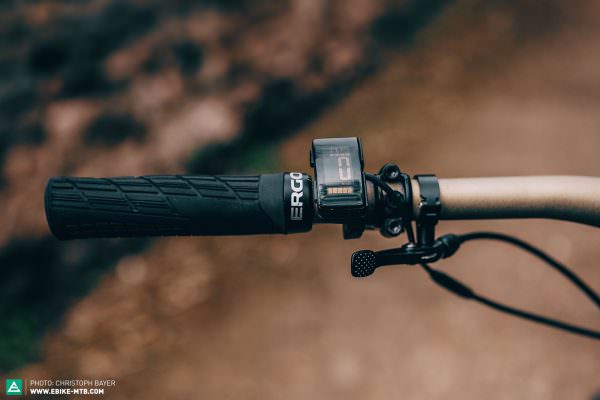
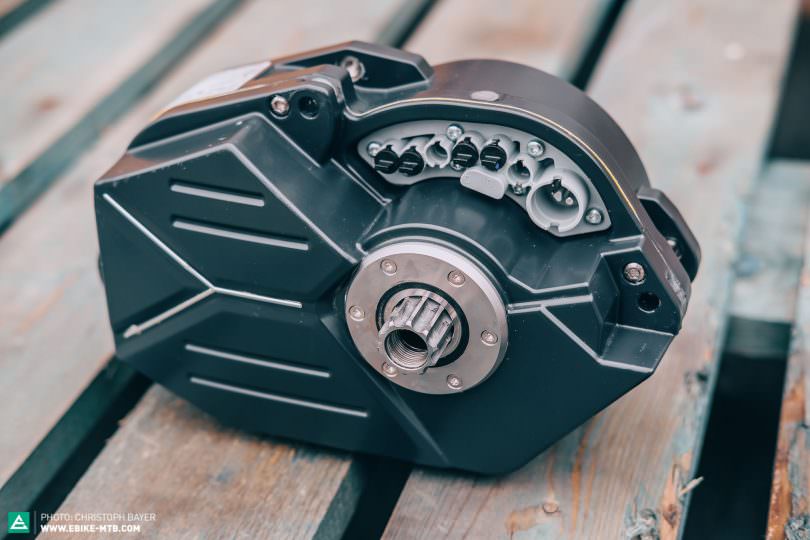

SACHS RS – First Ride
We had the opportunity to test the new SACHS RS motor on a one-hour ride around the hills of Lake Garda. According to SACHS Micro Mobility, the hardware of their brand-new motor is ready to go to market, with production starting at the beginning of June. However, the team is still working on the software, which means the motor’s characteristics could still change significantly.
When you put pressure on the pedals, the motor takes a moment to deliver its power: this isn’t released abruptly but increases progressively, with the motor pushing powerfully even at low cadence. The drive provides noticeably more power than its counterparts from Shimano, Bosch and Yamaha, but not quite as much as the TQ-drive. However, we didn’t really get a chance to compare the motors directly. In the highest support level, the SACHS RS literally catapults you up the hill.

Despite our best efforts to thrash the motor by climbing the steep slopes at very low cadence, we didn’t notice any power derating. Having said that, at 15° C, the temperature wasn’t exactly hot and the 5-minute test-climb was on the short side. With an inconsistent pedalling cadence the motor tends to jitter, but this problem can be fixed with a software update. When reaching the 25 km/h threshold, the motor fades out pleasantly and only generates minimal internal resistance, also when the motor is turned off. This works quietly under light loads but tends to get increasingly noisier when more power is required – and you can hear the turbine-like sound getting louder. Still, the noise didn’t bother us.

Our take on the SACHS RS
Since the new SACHS RS we tested didn’t have the final software and we only had a very short time to test it, it’s too early to come up with a verdict. During this short test, however, we were impressed by the huge amounts of power the motor churns out even at low cadence. This makes it an exciting option, particularly for high-powered bikes. In addition, SACHS Micro Mobility gives bike-manufacturers the freedom to integrate the motor individual into their bike concepts. What will this exciting concept evolve into? We can’t wait to see!
More info can be found on sachsmicromobility.com.
Did you enjoy this article? If so, we would be stoked if you decide to support us with a monthly contribution. By becoming a supporter of E-MOUNTAINBIKE, you will help secure a sustainable future for high-quality cycling journalism. Click here to learn more.
Words & Photos:









